Home>Gardening & Outdoor>Landscaping Ideas>How To Change The Grass In Your Yard


Landscaping Ideas
How To Change The Grass In Your Yard
Modified: February 18, 2024
Transform your yard with our expert landscaping ideas. Learn how to change the grass and create a lush, vibrant outdoor space.
(Many of the links in this article redirect to a specific reviewed product. Your purchase of these products through affiliate links helps to generate commission for Storables.com, at no extra cost. Learn more)
**
Introduction
**
When it comes to transforming the appearance of your yard, changing the type of grass can make a significant impact. Whether you're looking to update the aesthetic appeal, improve the resilience of your lawn, or enhance its suitability for your local climate, selecting the right type of grass and executing the transition effectively can yield impressive results. This comprehensive guide will walk you through the steps of changing the grass in your yard, from assessing your current lawn to the final stages of watering and maintenance.
Changing your grass is a rewarding endeavor that can breathe new life into your outdoor space. By understanding the nuances of the process and making informed decisions, you can achieve a vibrant and healthy lawn that complements your home and enriches your outdoor experience. Let's delve into the essential steps for this transformative project, ensuring that you are equipped with the knowledge and confidence to revitalize your yard with lush, thriving grass.
**
Key Takeaways:
- Choose the right grass for your yard by considering climate, sunlight, maintenance, and usage. This sets the stage for a thriving, resilient lawn that complements your outdoor space.
- Prepare the soil and plant new grass carefully to ensure successful establishment. Consistent watering and maintenance nurture healthy, vibrant grass that enhances your yard’s beauty.
Read more: How To Grow Grass In Your Yard
Assessing Your Yard
**
Before embarking on the journey of changing the grass in your yard, it’s crucial to conduct a thorough assessment of your current lawn. Start by observing the existing grass to identify its health, density, and color. Note any areas of patchiness, weed infestation, or discoloration, as these factors will inform your decision to transition to a new type of grass.
Consider the environmental conditions in your area, such as the amount of sunlight and shade your yard receives, the average temperature, and the level of rainfall. These factors play a pivotal role in determining the most suitable grass species for your location. Additionally, assess the soil quality by conducting a soil test to evaluate its pH levels and nutrient composition. Understanding your soil’s characteristics will guide you in selecting the right grass variety and preparing the soil effectively.
Furthermore, take note of any drainage issues or compacted soil in your yard. Proper drainage is essential for the health of your grass, so identifying and addressing any drainage concerns before introducing new grass is imperative. Additionally, compacted soil can hinder the growth of new grass roots, so it’s essential to aerate the soil if compaction is present.
By thoroughly assessing your yard, taking into account the condition of the existing grass, environmental factors, soil quality, and potential drainage issues, you will be well-equipped to make informed decisions regarding the type of grass to introduce and the necessary preparations for a successful transition.
**
Choosing the Right Grass
**
When it comes to changing the grass in your yard, selecting the right type of grass is a pivotal decision that significantly influences the overall success of your lawn transformation. The ideal grass variety for your yard depends on various factors, including your local climate, the amount of sunlight your yard receives, and the level of maintenance you can commit to.
Start by researching grass species that are well-suited to your specific climate and region. Consider factors such as heat tolerance, drought resistance, and cold hardiness to ensure that the grass you choose can thrive in your local environment. Local gardening centers and agricultural extension offices can provide valuable insights into the best grass varieties for your area.
Assess the sunlight and shade patterns in your yard to determine the grass species that can flourish in these conditions. Some grasses require full sun, while others are more tolerant of shade. Understanding your yard’s sunlight exposure will help you select a grass variety that can thrive in your specific environment.
Consider the level of maintenance you are willing to undertake. Some grasses require more frequent mowing, fertilization, and watering, while others are more low-maintenance. By aligning the maintenance requirements of the grass with your available time and resources, you can ensure that your new lawn remains healthy and vibrant with manageable upkeep.
Additionally, consider the intended use of your lawn. If you have children or pets who will frequently use the yard, prioritize grass varieties that are resilient and can withstand heavy foot traffic without sacrificing their lush appearance.
By carefully considering your local climate, sunlight exposure, maintenance capabilities, and intended use of your lawn, you can narrow down the options and select the most suitable grass variety for your yard. This thoughtful selection process sets the stage for a successful and enduring lawn transformation.
**
Removing Old Grass
**
Before introducing new grass to your yard, it’s essential to prepare the existing lawn by removing the old grass effectively. This process creates a clean slate for the new grass to take root and thrive. Several methods can be employed to remove old grass, each with its own benefits and considerations.
One common approach to removing old grass is through the use of a sod cutter. This powerful tool slices through the turf, allowing you to lift and remove the existing grass in manageable sections. Sod cutters are particularly effective for large areas and provide a relatively efficient means of clearing the old grass. However, it’s important to note that using a sod cutter requires careful handling to avoid damaging the soil beneath the grass.
An alternative method for removing old grass involves the use of herbicides. Selective herbicides can be applied to the existing grass to effectively kill it off, making it easier to clear the dead grass and prepare the soil for the new turf. It’s crucial to follow the manufacturer’s instructions when using herbicides and to consider their potential impact on the environment and surrounding vegetation.
For those who prefer a more natural approach, smothering the old grass can be achieved by laying down a thick layer of mulch or cardboard over the existing turf. This method gradually deprives the grass of sunlight and oxygen, ultimately leading to its decomposition. While this approach is environmentally friendly, it may take longer to fully eradicate the old grass compared to other methods.
Regardless of the method chosen, once the old grass has been removed, it’s essential to clear the area of any remaining debris and prepare the soil for the new grass. This may involve leveling the ground, addressing any compaction issues, and incorporating organic matter to enrich the soil and provide an optimal foundation for the incoming turf.
By taking the time to effectively remove the old grass and prepare the soil, you set the stage for a successful transition to a vibrant and resilient new lawn, ensuring that the new grass can thrive and flourish in its rejuvenated environment.
**
Consider the climate and soil type in your area before choosing a new grass type. Some options to consider are Bermuda grass for warm climates, and fescue grass for cooler climates.
Preparing the Soil
**
Preparing the soil is a critical step in the process of changing the grass in your yard, as it sets the stage for the successful establishment and growth of the new turf. By addressing soil quality, nutrient levels, and texture, you can create an optimal environment for the incoming grass to take root and thrive.
Start by conducting a soil test to assess the pH levels and nutrient composition of your soil. This valuable insight will guide you in making informed decisions about any necessary amendments to optimize the soil for grass growth. Soil tests are often available through local agricultural extension offices or gardening centers, providing detailed recommendations based on your soil’s specific characteristics.
Address any pH imbalances by incorporating lime to raise the pH or elemental sulfur to lower it, as needed. Balancing the soil’s pH levels creates a more hospitable environment for the new grass and promotes nutrient availability, fostering healthy growth and resilience.
Furthermore, enrich the soil by incorporating organic matter, such as compost or well-rotted manure. Organic matter improves soil structure, enhances moisture retention, and provides essential nutrients for the grass. Work the organic matter into the soil to a depth of several inches, ensuring even distribution and integration with the existing soil.
If the soil is compacted, consider aerating it to alleviate compaction and promote better air and water penetration. Aeration can be achieved using aeration tools that create small channels in the soil, facilitating improved root development and nutrient uptake for the new grass.
Level the soil to create a smooth and even surface for planting the new grass. Rake the soil to remove any debris and create a uniform bed for the incoming turf. Proper soil preparation sets the stage for successful grass establishment, providing an optimal foundation for the roots to penetrate and access essential nutrients and moisture.
By meticulously preparing the soil, addressing pH levels, enriching the soil with organic matter, alleviating compaction, and creating a level planting surface, you pave the way for the successful establishment and flourishing growth of the new grass, ensuring a vibrant and resilient lawn for years to come.
**
Read more: How To Plan Landscaping For Your Yard
Planting New Grass
**
As you embark on the exciting journey of changing the grass in your yard, the process of planting new grass marks a pivotal step towards rejuvenating your outdoor space. Whether you opt for seeding or sodding, the method of introducing the new grass requires careful consideration and attention to detail to ensure successful establishment and vibrant growth.
If you choose to sow grass seed, begin by selecting high-quality seed that is well-suited to your local climate and soil conditions. Prepare the soil by raking it to create a fine, level surface, free of debris and clumps. Distribute the seed evenly using a broadcast spreader, following the recommended seeding rates for the specific grass variety you’ve chosen.
After seeding, lightly rake the area to cover the seeds with a thin layer of soil, promoting good seed-to-soil contact for optimal germination. Water the seeded area gently to avoid displacing the seeds, and continue to keep the soil consistently moist to support germination and early growth. As the new grass emerges, gradually adjust your watering routine to encourage deep root development.
Alternatively, sodding offers a more immediate transformation, providing an instant carpet of lush grass for your yard. When laying sod, ensure that the soil beneath is well-prepared and free of air pockets. Lay the sod in a staggered pattern, pressing it firmly into the soil to establish good contact. Water the newly laid sod thoroughly to encourage root establishment and minimize stress on the grass.
Regardless of the method chosen, it’s essential to follow a consistent watering schedule to support the new grass during its establishment phase. Adequate moisture is crucial for the roots to develop and penetrate the soil, anchoring the grass and promoting healthy growth. Monitor the soil moisture levels and adjust your watering regimen as needed to ensure the new grass receives the optimal hydration for its development.
By carefully planting the new grass, whether through seeding or sodding, and providing attentive care during the critical establishment phase, you set the stage for a lush and resilient lawn that enhances the beauty and vitality of your outdoor space.
**
Watering and Maintenance
**
After planting the new grass, diligent watering and consistent maintenance are essential to nurture its growth and ensure the development of a healthy, vibrant lawn. Proper watering practices, coupled with regular maintenance tasks, contribute to the establishment of resilient grass that enhances the aesthetic appeal of your yard.
During the initial phase after planting, it’s crucial to keep the soil consistently moist to support the germination of seeds or the establishment of sod. Water the newly planted area lightly and frequently, ensuring that the soil does not dry out. As the grass begins to establish itself, gradually transition to a deeper, less frequent watering schedule to encourage the development of strong, deep roots.
Monitor the soil moisture levels regularly, adjusting your watering regimen based on the weather conditions and the specific needs of the new grass. Avoid overwatering, which can lead to shallow root growth and susceptibility to disease, as well as underwatering, which can hinder the establishment and growth of the grass.
In addition to watering, regular maintenance tasks, such as mowing, fertilizing, and weed control, are integral to the long-term health and appearance of your lawn. Once the new grass reaches a mowable height, mow it to the recommended height for the specific grass variety, ensuring that the mower blades are sharp to achieve clean cuts that promote healthy growth.
Consider fertilizing the new grass with a balanced, slow-release fertilizer to provide essential nutrients for its development. However, it’s important to follow the recommended application rates and timings to avoid overfertilization, which can harm the grass and contribute to environmental pollution.
Keep an eye out for weeds and address them promptly to prevent competition for resources and space. Consider using targeted weed control methods to minimize the impact on the new grass while effectively managing weed infestations.
Regularly inspect the lawn for signs of pests or diseases, addressing any issues promptly to prevent them from compromising the health and appearance of the grass. By staying proactive and attentive to the needs of your new lawn, you can cultivate a lush, resilient grass that enhances the beauty of your outdoor space.
**
Conclusion
**
Embarking on the journey of changing the grass in your yard is a transformative endeavor that holds the promise of revitalizing your outdoor space and creating a lush, vibrant lawn. By following the essential steps outlined in this comprehensive guide, you can navigate the process with confidence and achieve a successful transition to resilient, healthy grass that enhances the beauty and functionality of your yard.
Assessing your yard’s current condition and understanding the environmental factors that influence grass growth provide the foundation for informed decision-making. Carefully selecting the right grass variety based on your local climate, sunlight exposure, maintenance capabilities, and intended use of the lawn sets the stage for a thriving, resilient lawn.
Removing old grass effectively and preparing the soil with attention to pH levels, organic matter, and soil structure create an optimal environment for the new grass to take root and flourish. Whether seeding or sodding, planting the new grass with care and providing diligent watering and maintenance support its establishment and long-term health.
Consistent watering practices, coupled with regular maintenance tasks such as mowing, fertilizing, and weed control, contribute to the development of a resilient, vibrant lawn that enriches your outdoor experience. By staying attuned to the needs of your new grass and addressing any issues promptly, you can cultivate a healthy, thriving lawn that enhances the beauty and functionality of your outdoor space.
Changing the grass in your yard is a rewarding endeavor that yields lasting benefits, from the visual appeal of a lush, vibrant lawn to the enjoyment of a revitalized outdoor space. By embracing the process with knowledge, care, and dedication, you can create a thriving grass landscape that enriches your home and provides a welcoming, natural setting for relaxation and recreation.
With these essential steps and considerations in mind, you are well-equipped to embark on the exciting journey of changing the grass in your yard, transforming your outdoor space into a verdant, inviting haven that enhances the beauty and livability of your home.
Frequently Asked Questions about How To Change The Grass In Your Yard
Was this page helpful?
At Storables.com, we guarantee accurate and reliable information. Our content, validated by Expert Board Contributors, is crafted following stringent Editorial Policies. We're committed to providing you with well-researched, expert-backed insights for all your informational needs.
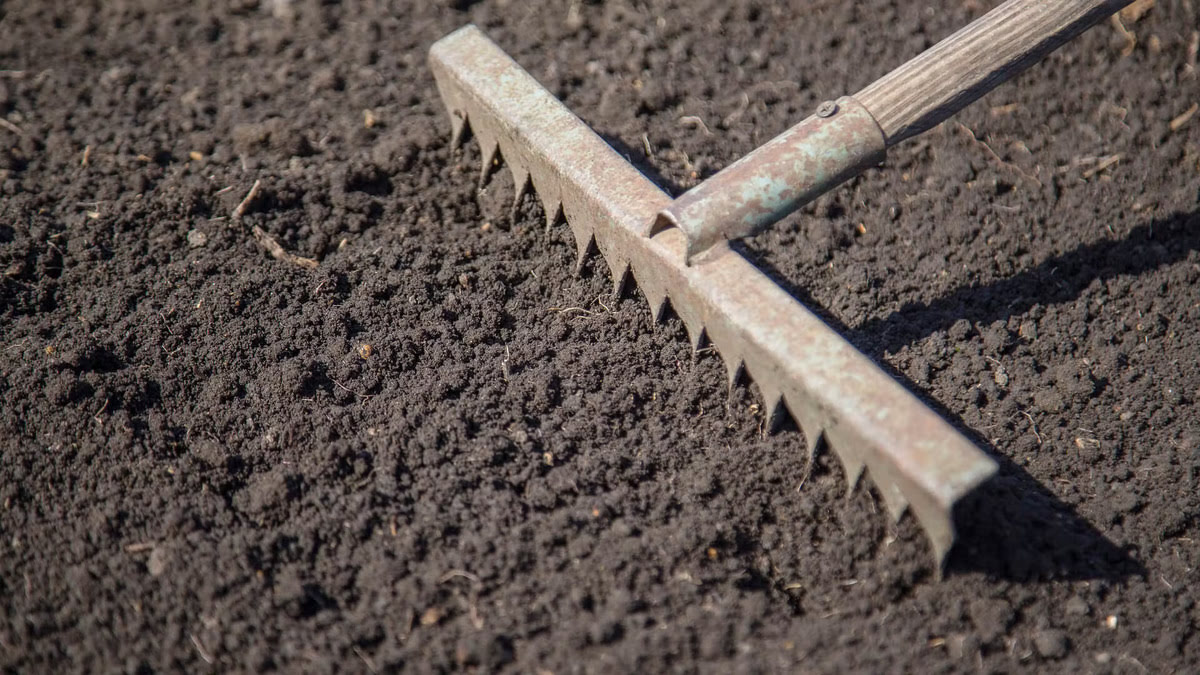
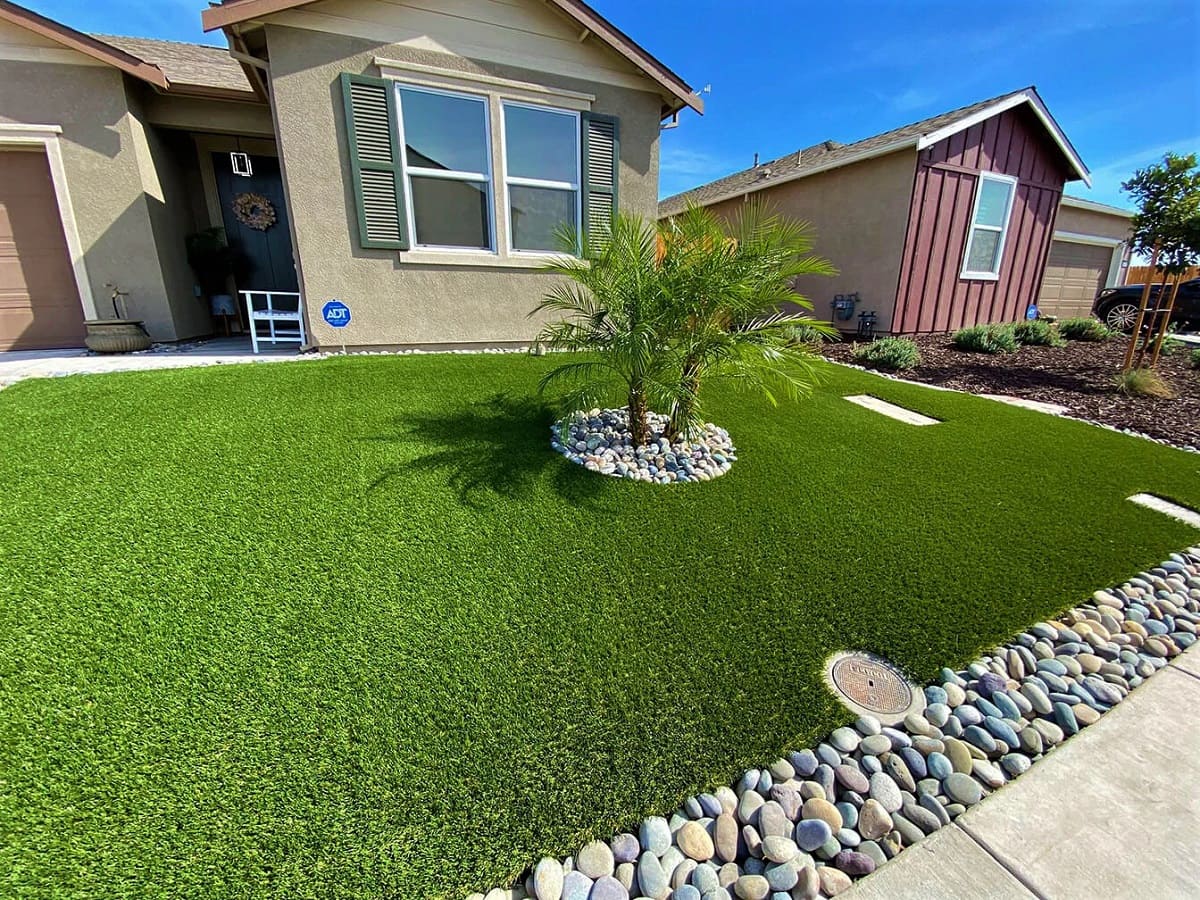
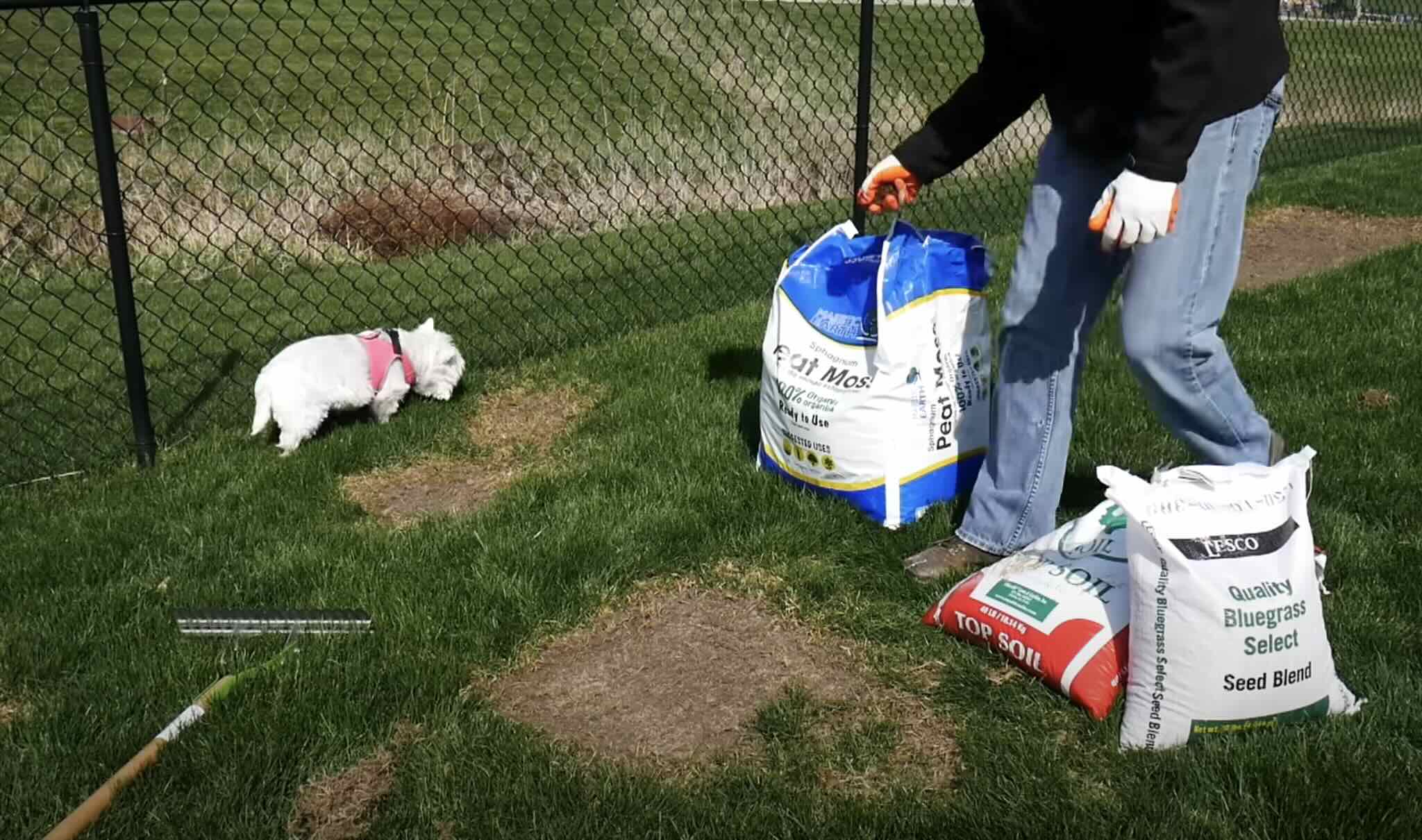
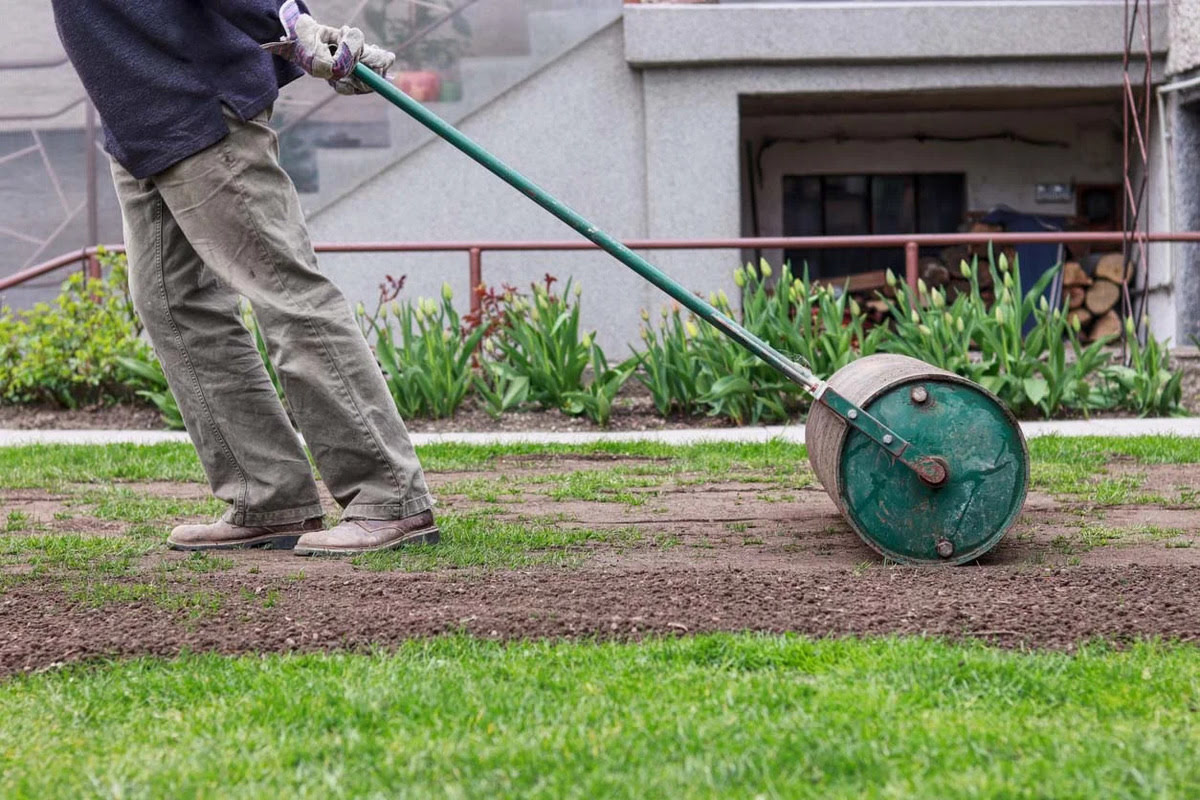
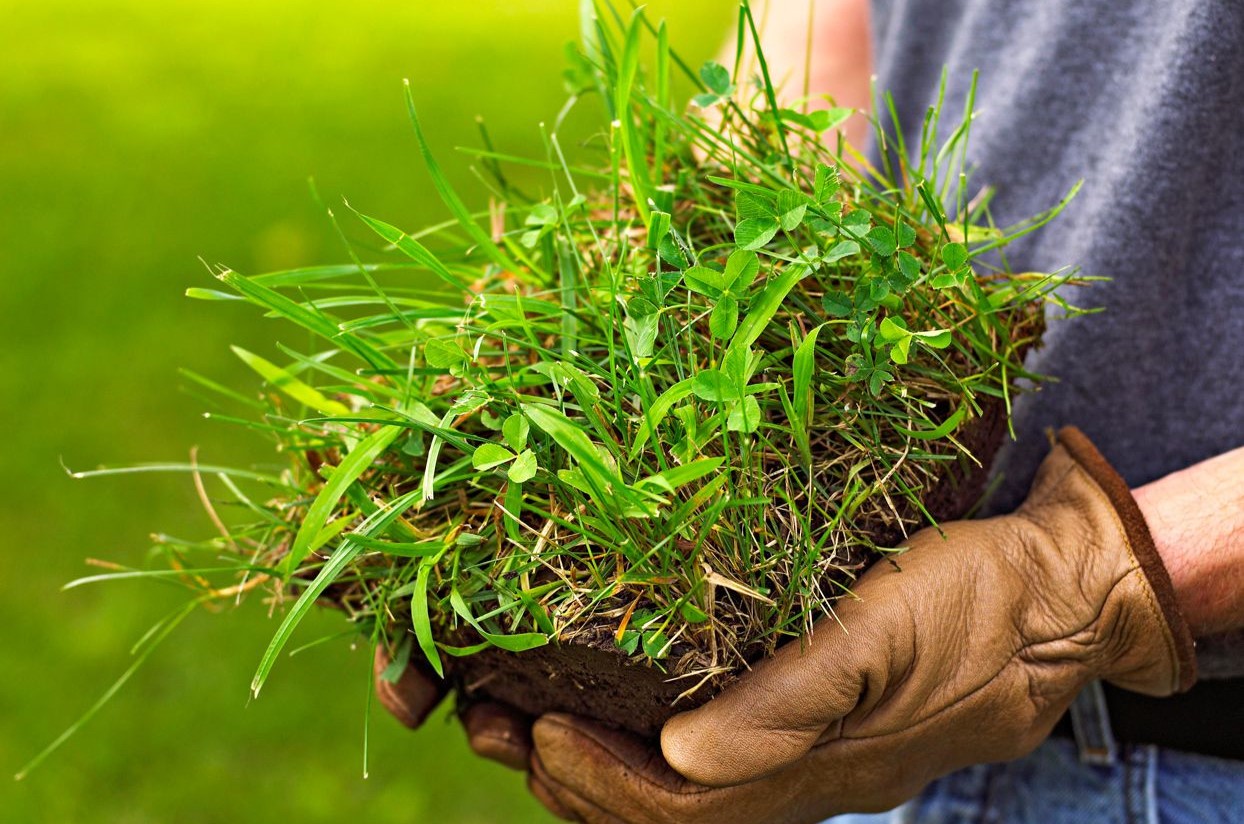

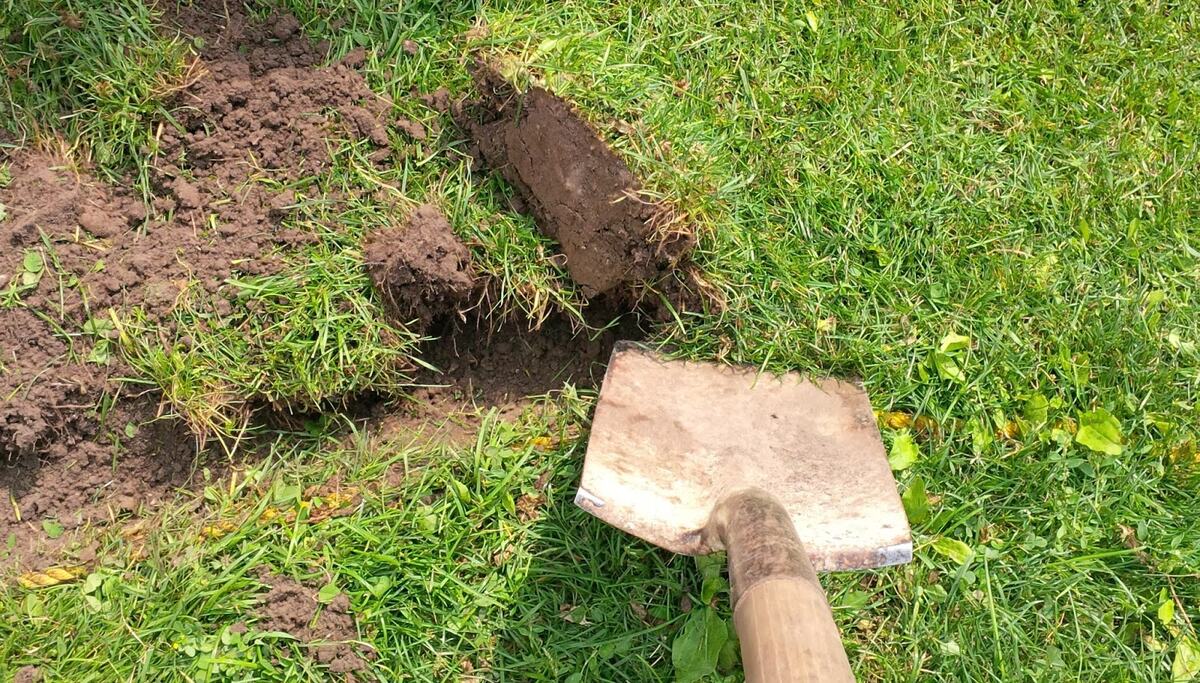
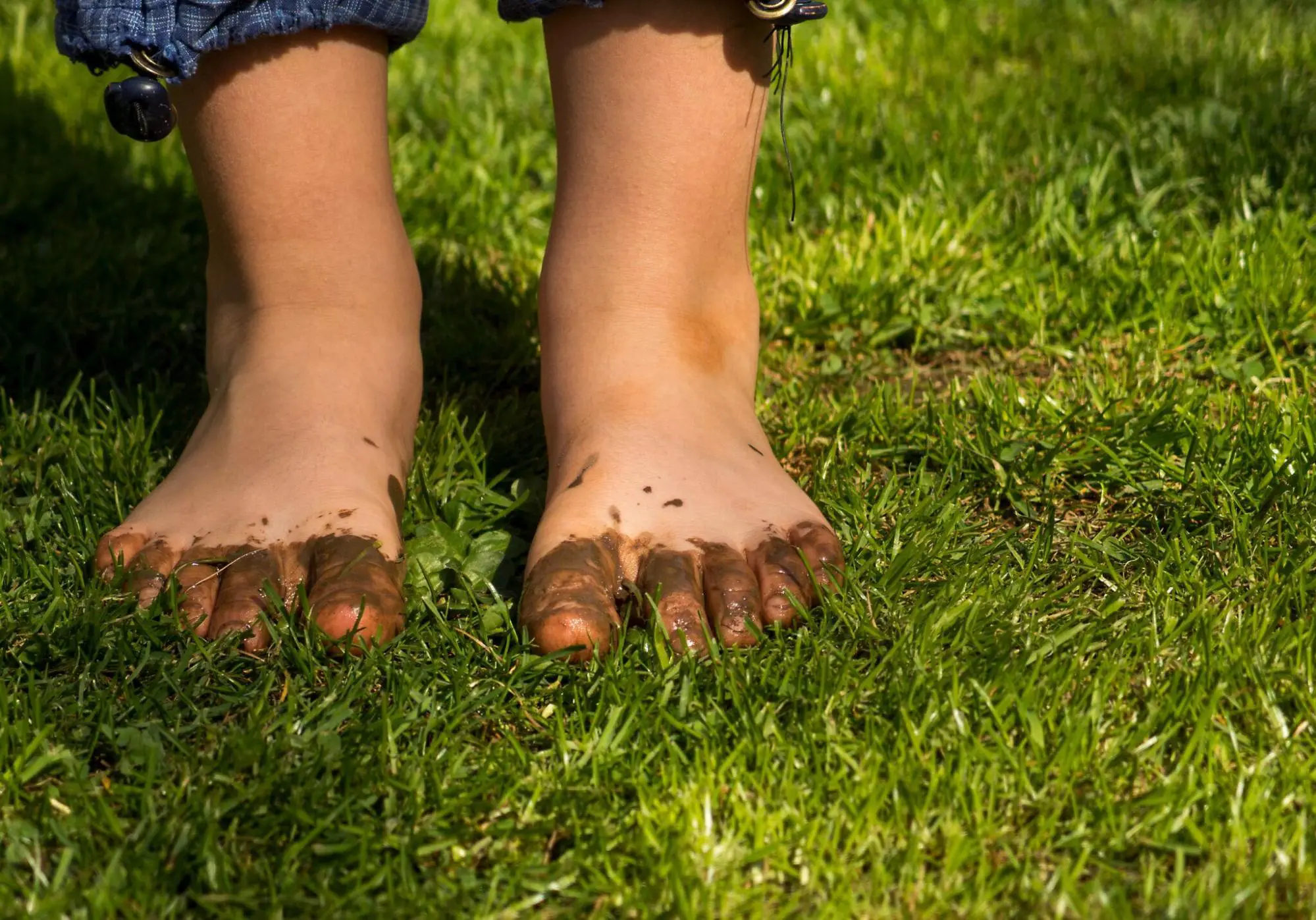
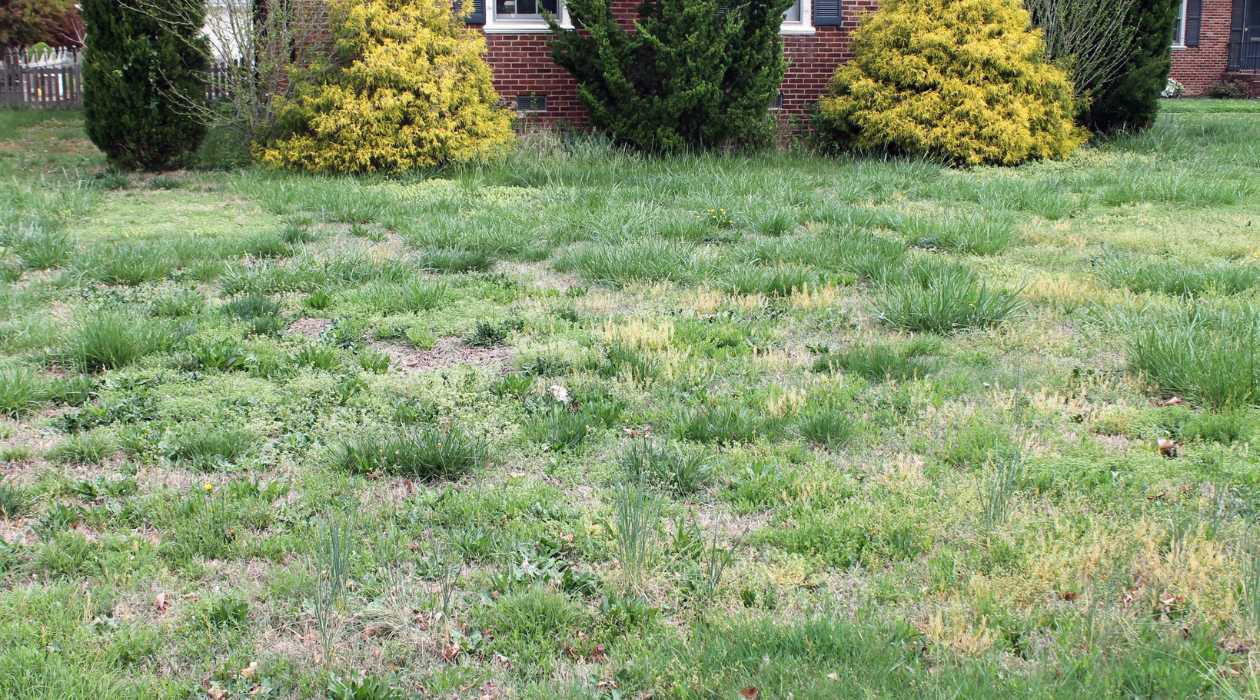

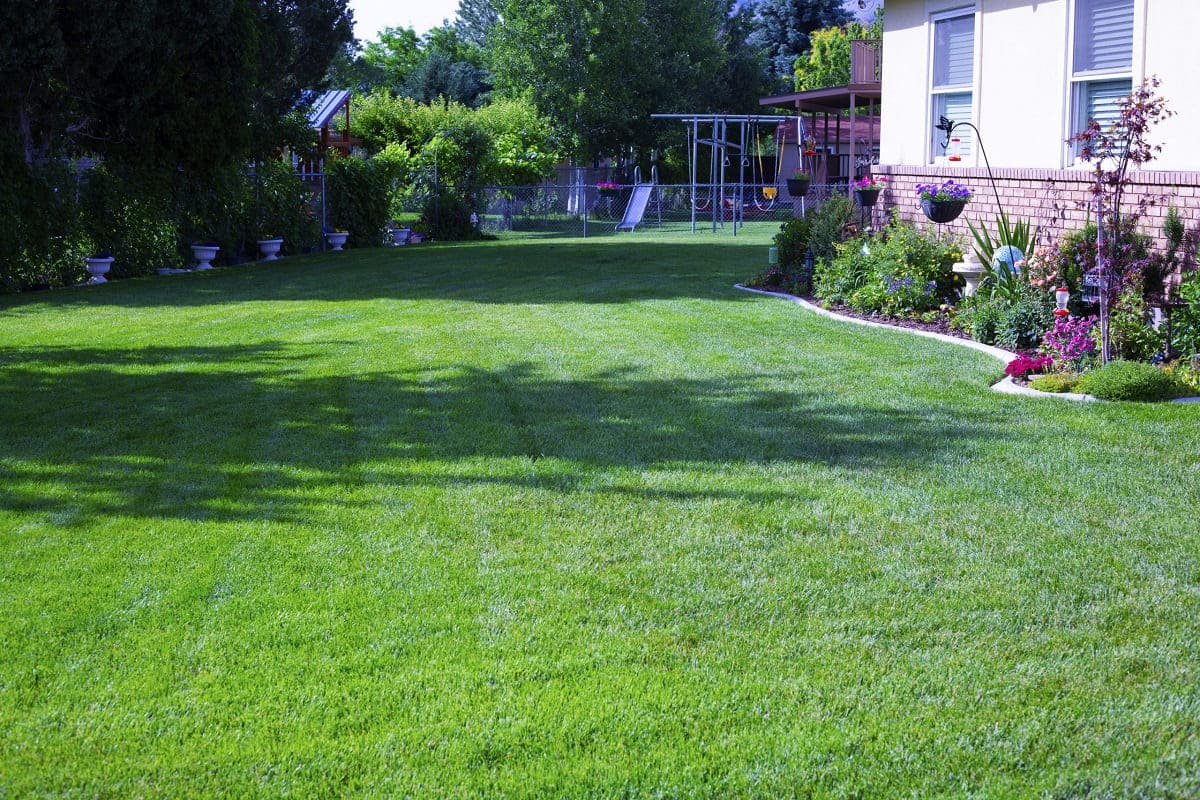
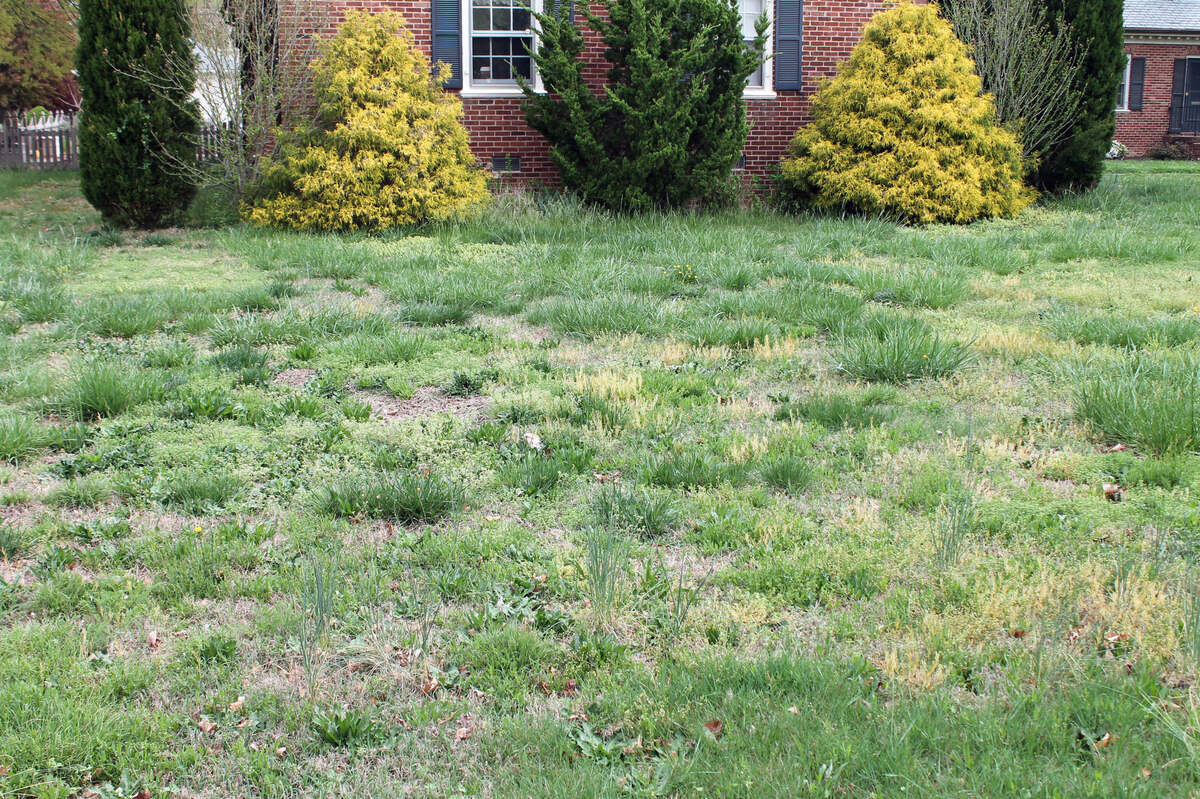
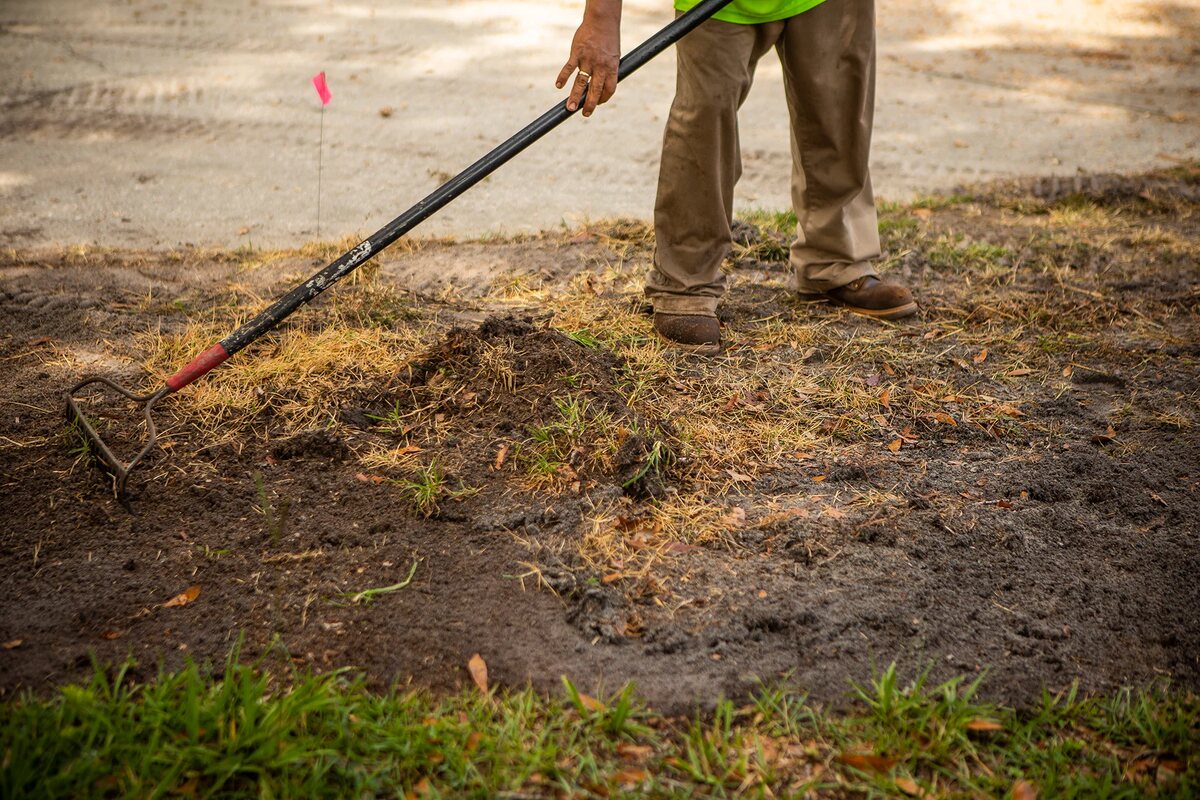


0 thoughts on “How To Change The Grass In Your Yard”